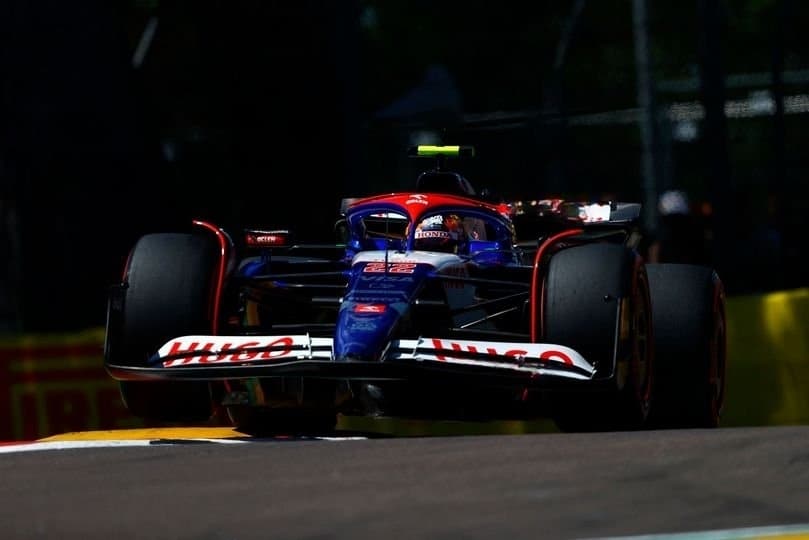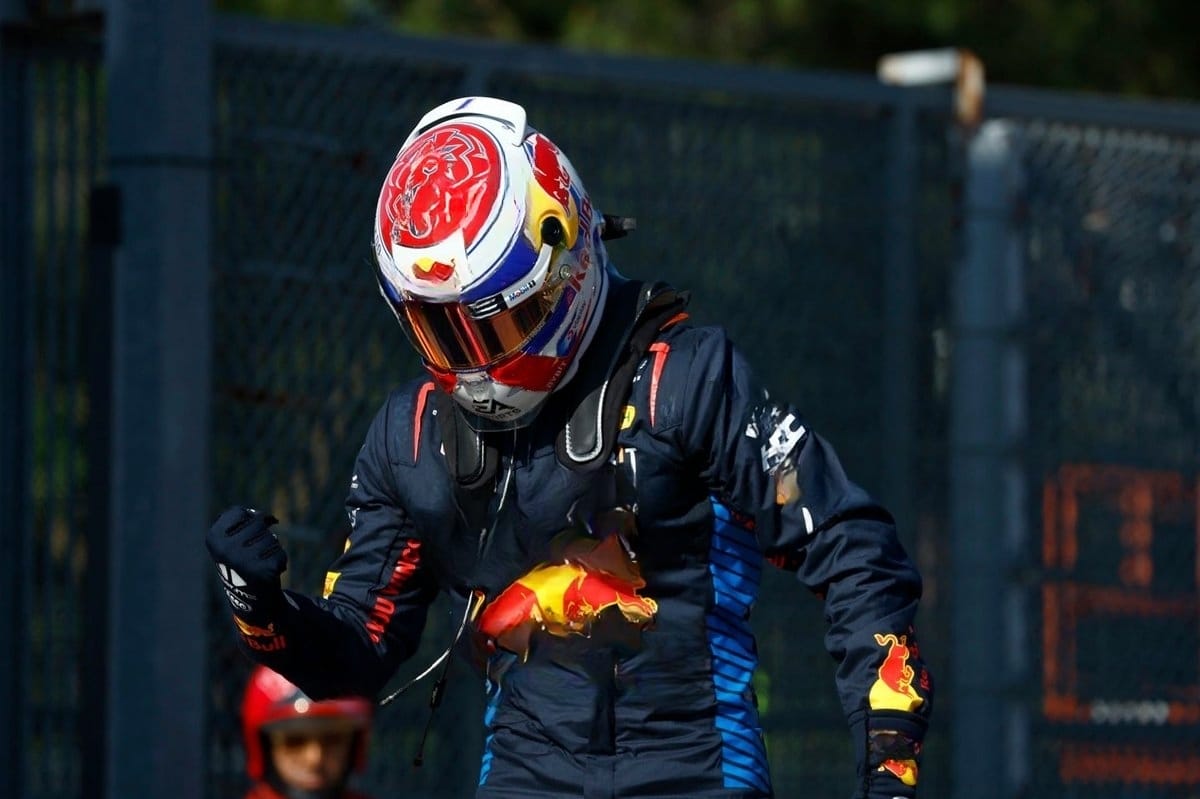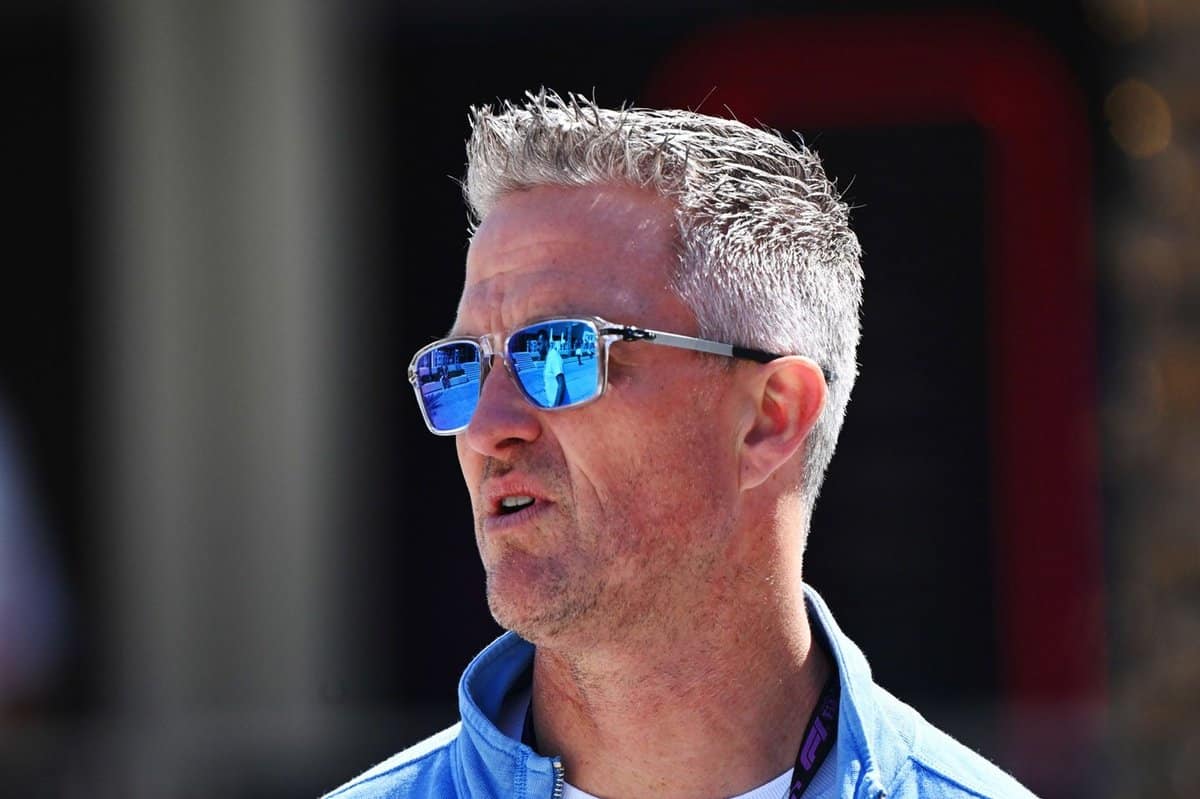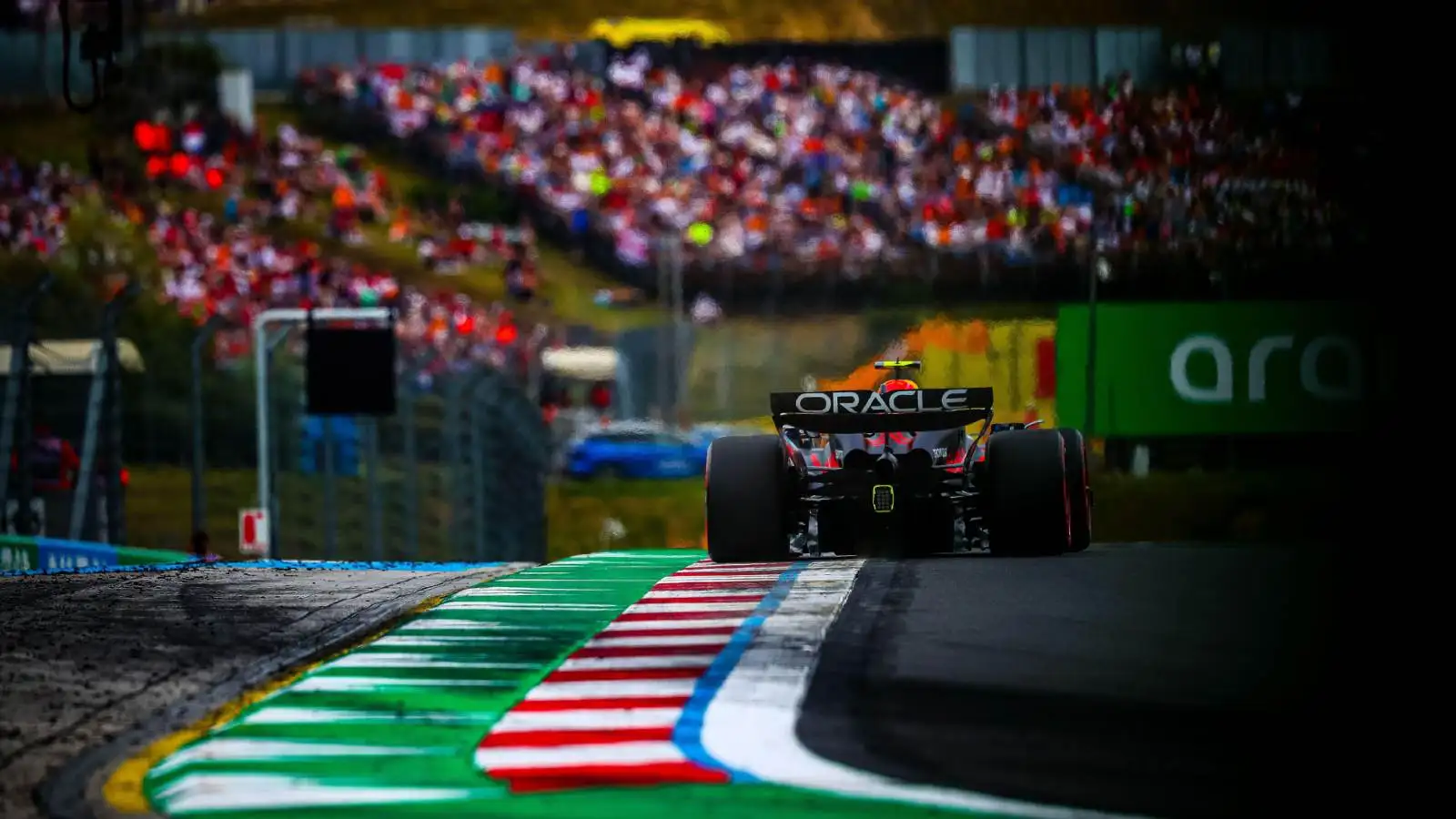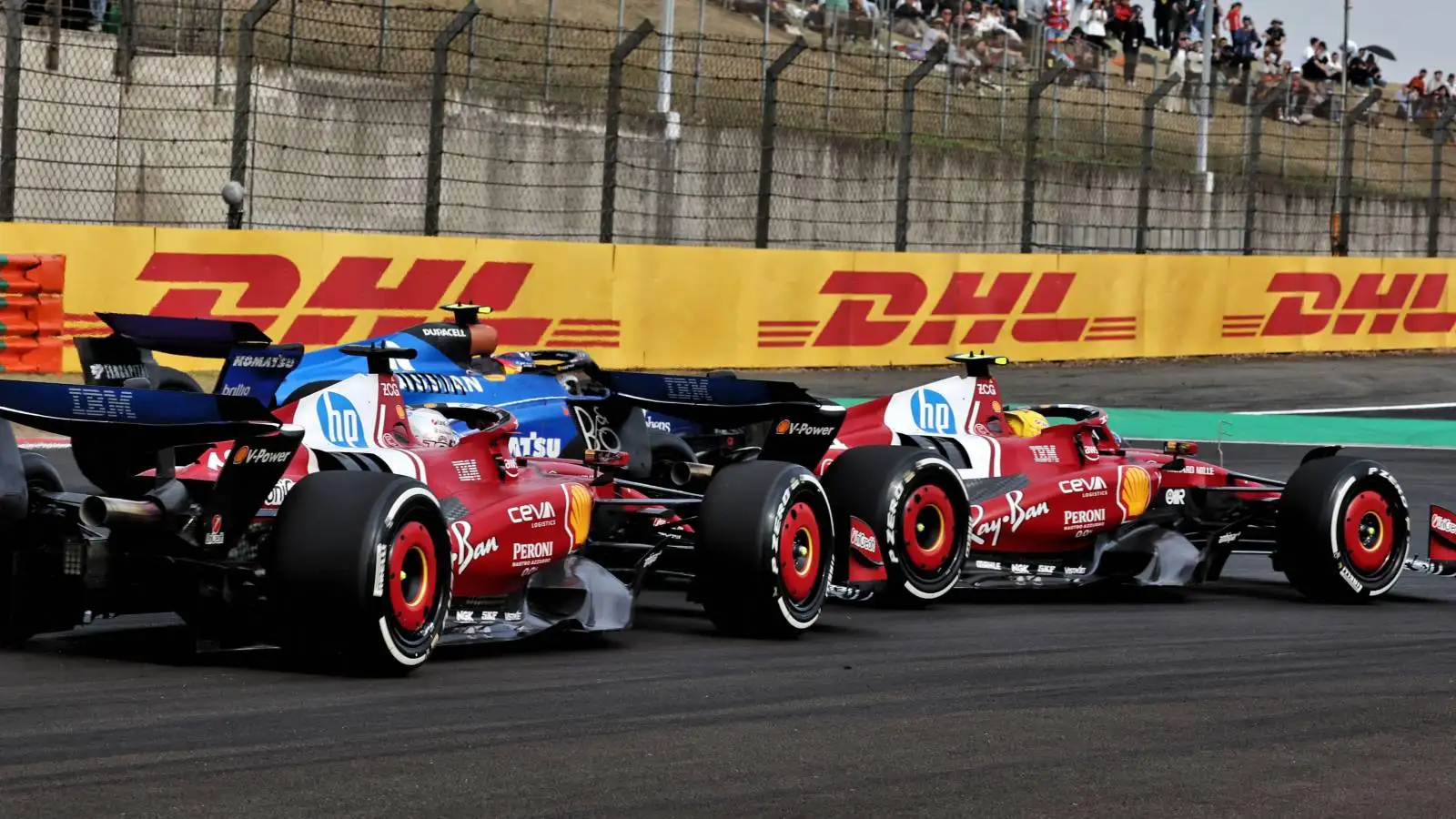Amid the chaos often seen in Formula 1 qualifying sessions, race director Niels Wittich has rolled out new pitlane rules to curb the jostling for position.
Drivers often find themselves in a frantic jostle for position during qualifying, with many trying to avoid being at the back of the queue to ensure they get their laps in. This situation can be particularly intense at Monaco, the shortest track on the calendar, where avoiding traffic is key to posting a good lap time.
To address this, Wittich has introduced new guidelines to clarify the order in which cars can line up. According to the revised rules, drivers must leave the pitlane in the order they arrived in the fast lane. However, enforcement has been tricky, with some cars trying to cut in line to avoid waiting for the train of cars to pass.
Under the new rules, a driver can only claim a place in the fast lane if their front wheel has crossed the solid yellow line. Wittich clarified, ‘A car will be considered to be in the fast lane when a tyre has crossed the solid [yellow] line separating the fast lane from the inner lane. In this context, crossing means that all of a tyre should be beyond the far side, with respect to the garages, of the line separating the fast lane from the inner lane.’
Additionally, drivers are expected to blend into the fast lane as soon as possible without impeding others. Wittich added that drivers have the right to find a gap if one opens up: ‘After the start or restart of a free practice session, qualifying session, or sprint qualifying session, if there is a suitable gap in a queue of cars in the fast lane, such that a driver can blend into the fast lane safely and without unnecessarily impeding cars already in the fast lane, they are free to do so.’
These changes aim to ensure that drivers are confident there is a gap for them to cross the line with their entire front wheel, rather than relying on rivals to let them in to avoid collisions.
The new rules are set to make Monaco’s pitlane queuing process smoother and safer, reducing the frantic jostling for position that has been a hallmark of past sessions.

